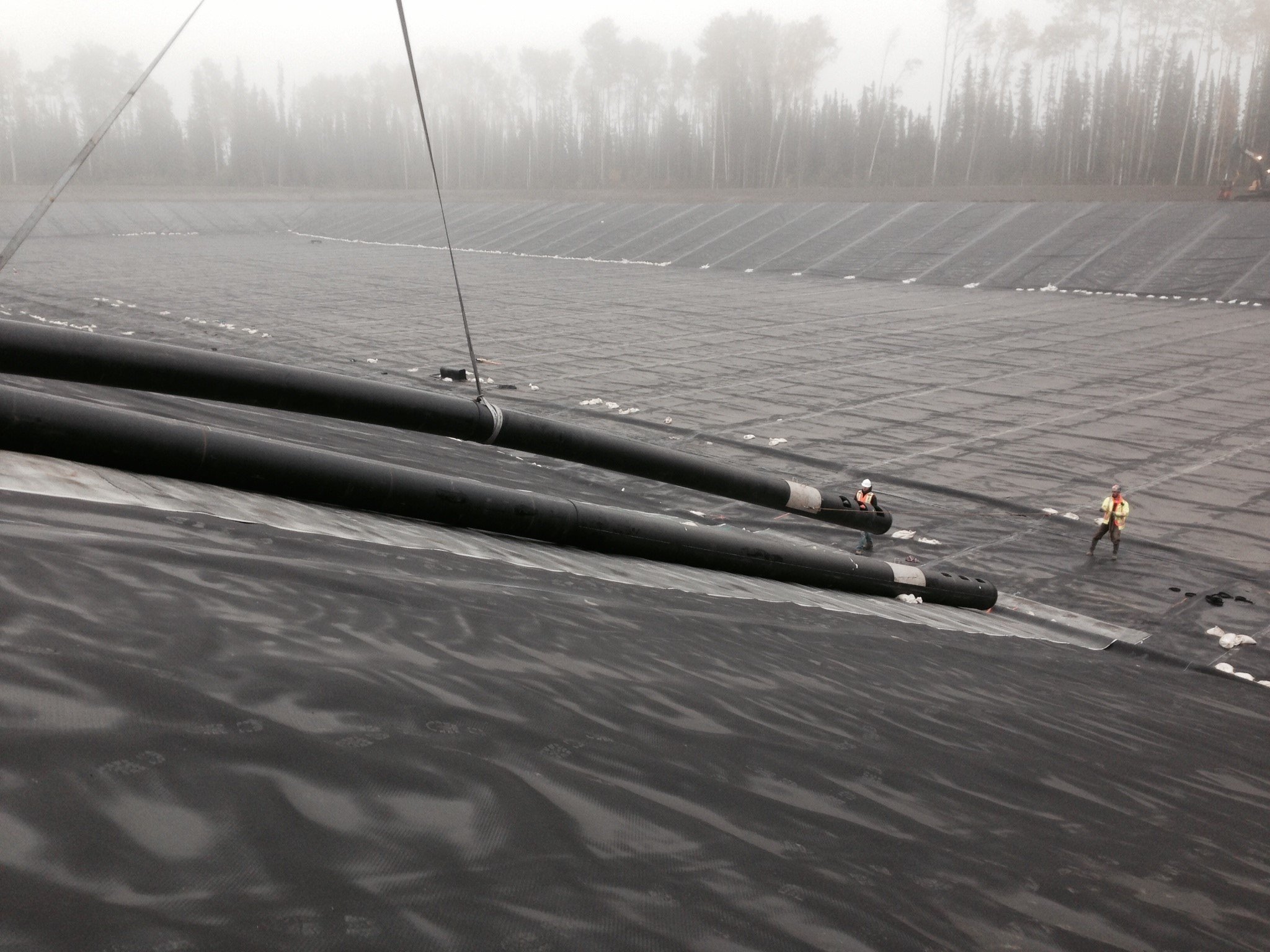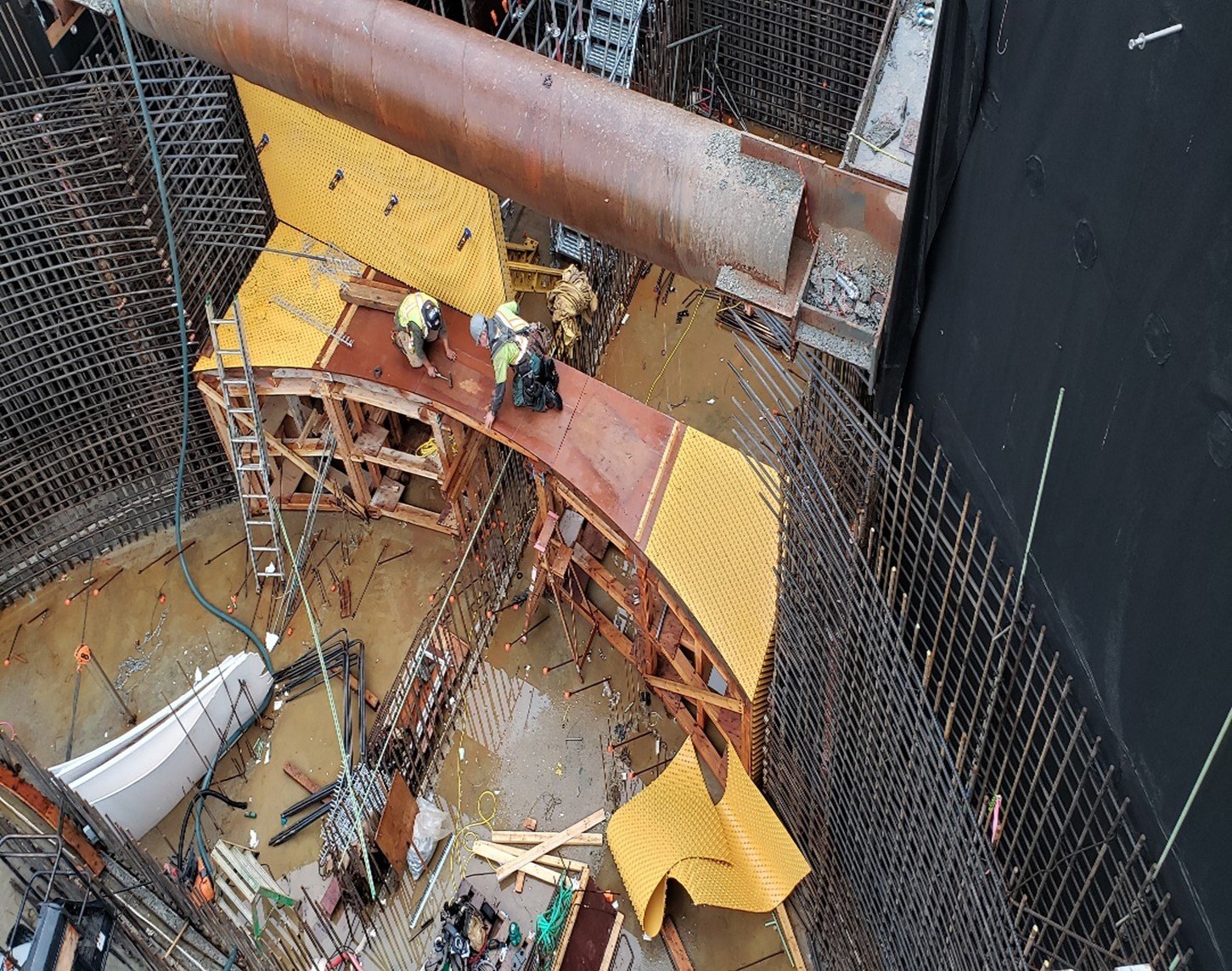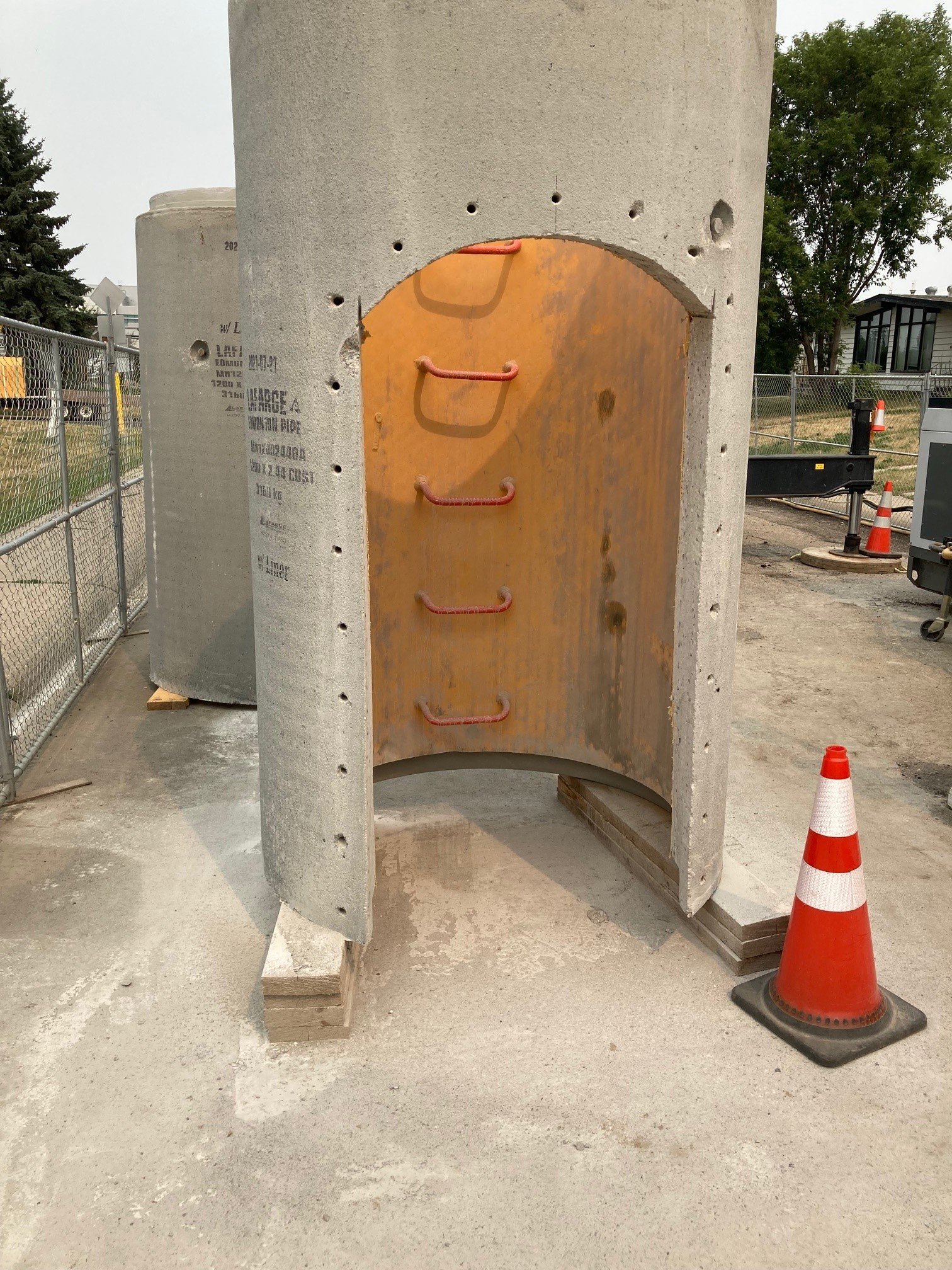
GEOMEMBRANE LINER SYSTEMS
From water to gasoline, the many different types of fluids used in our day-to-day lives makes the selection of the correct containment geomembrane liner material very important. Not only can some of these chemicals severely damage certain containment geomembranes, over-designing the geomembrane material can lead to unnecessary order of magnitude cost escalation. ECI always ensures the best possible geomembrane material is selected while ensuring our clients' costs are minimized.
Common Geomembrane Liner Materials
Polyethylene (HDPE) and Polypropylene (PP) Concrete Protective Liner (CPL)
Polyethylene (i.e HDPE,LLDPE.LDPE geomembrane(regular and scrim-reinforced)
Polypropylene(PP) geomembrane (regular and scrim-reinforced)
PVC and PVC-Alloy geomembrane(regular and scrim-reinforced)
Polyurethene (PUR) geomembrane
Polyurea (PU) geomembrane
applications
Chemicals & Hydrocarbons
Chemicals and hydrocarbons are typically stored in tanks with secondary containment geomembranes utilized as a measure in the case of a spill. Many different designs are available to ensure the geomembrane liner system works effectively.
Sewage, Wastewater, Produced Water, and Produced Frac Water
Wastewater comes in two basic forms; organic sewage from all species of animals and industrial wastewater that may have low or high concentrations of hydrocarbon, inorganic, and/or organic contaminants.
Organic sewage geomembrane liner containment is relatively straightforward and inexpensive while produced water geomembrane liner containment solutions vary depending on the concentrations and types of contaminants.
The most complex liner containment system is our Concrete Protective Liner (CPL). This is extremely effective for protecting concrete structures such as pipe, vaults, vessels, and trenches. As with and laminated/embedded protective skin, the design and installation is crucial and not to be taken lightly, as rework costs and schedule delays can become serious. ECI is certified and ensures their jobs are successful. Projects pictured below with CPL utilize AGRU Ultragrip HDPE liner.
Potable Water
Potable water is typically kept in clear wells or ponds of various sizes. Because potable water is inert, the only consideration for containment material selection is the presence of treatment chemicals like chlorine which can damage some types of geomembranes liners. The main criteria in potable water pond containment is to select an NSF-approved geomembrane liner so the water remains safe to drink.
Another form of containment for potable water is floating covers which are predominately used in warmer climates and on top of either ponds or tanks. Floating covers minimize evaporative losses but also protect the water from outside contamination sources like wildlife and/or their waste products.
The last form of potable water storage is within a clearwell or vault. In open vaults, geomembrane liner containment materials, commonly referred to as Baffle Curtains, are utilized to maximize chlorine treatment effectiveness by creating a channel system that encompasses the entire volume of the vault.
In addition to potable water containment, there is need for irrigation, storm water, and decorative pond water geomembrane liner containment systems. These geomembrane liner containment systems are relatively straightforward and inexpensive.













